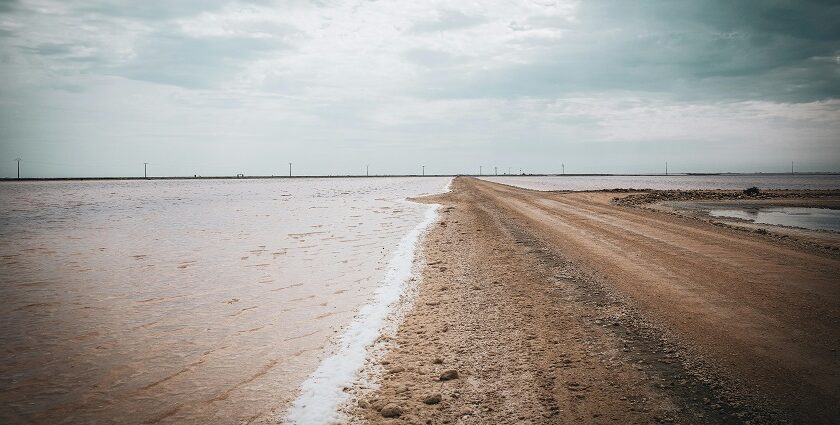What is the Best Time to Visit Rann of Kutch? It depends on the kind of experience you want. The Rann is not just a destination—it’s a feeling. Wide, quiet, and unforgettable, this white desert changes with the seasons. Winter (November to February) is the most popular time, especially during Rann Utsav, when culture and landscape come alive. Summers are harsh and best avoided, while monsoons leave parts flooded. Knowing the best time to visit helps you witness the Rann at its most magical—glowing under the moon, wrapped in silence, and alive with colour.
Winter Season (November To February)
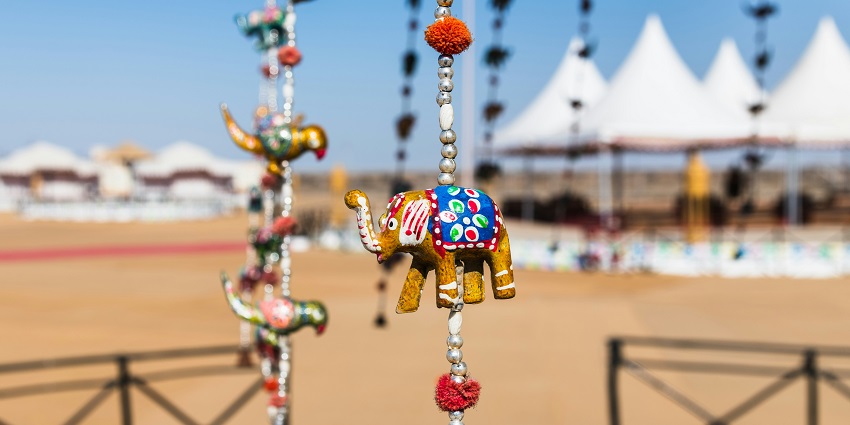
Photo: Hari Nandakumar / Unsplash
Winter is the season most travellers choose. Cooler weather, clear skies, and dry ground make the salt desert fully visible. You can walk across it without mud or heat. Days are mild, nights cold yet pleasant. This is also when the Rann Utsav takes place near Dhordo, turning into a lively tent village with music, dance, food, and handmade art. Many visit during a full moon, when the salt reflects the light, creating a glowing white view. Peaceful and still, it’s unforgettable. If asked the best time to visit Rann of Kutch, winter is the answer.
Monsoon Season (July To September)
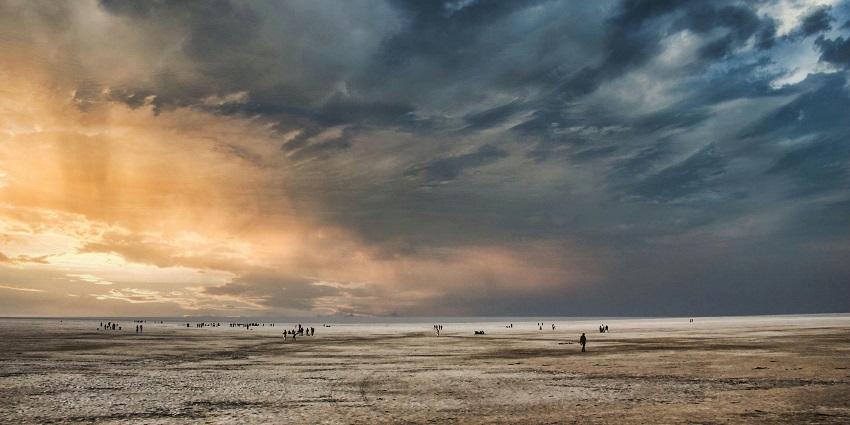
This season suits those who prefer quiet places and don’t mind wet ground. The salt desert is hidden under shallow rainwater, so the white salt isn’t visible. The desert rests, but nearby areas reveal a different beauty. Cloudy skies hang over green fields, and birds arrive in large numbers. Wetlands near the Little Rann attract flamingos, pelicans, and other migratory species. Bird calls fill the mornings. Roads can be muddy, some routes blocked, and travel slow. Still, for those seeking solitude, nature, and raw charm, this time offers its own gentle rhythm away from the usual crowds.
Summer Season (March To June): Is It Worth It?
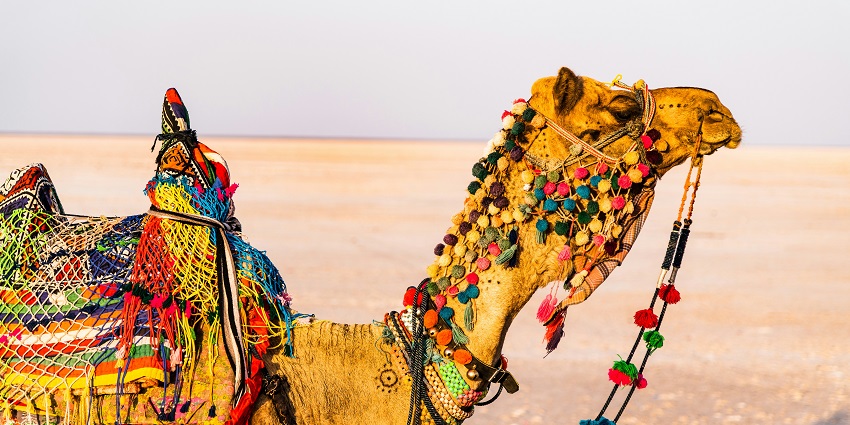
Photo: Hari Nandakumar / Unsplash
This is the hottest time of year, with dry air and harsh sun all day. Daytime temperatures can cross 45°C, making it difficult to walk on the salt. Light reflects off the surface, straining the eyes. There are no events, tents, or crowds, and only a few places stay open with limited services. If visiting, carry water, cover your head, and avoid peak hours. Some travellers—often photographers—come for wide, empty views without people. Still, for most, the extreme heat and lack of activity make this season one to skip unless solitude is the main goal.
What About The Full Moon?
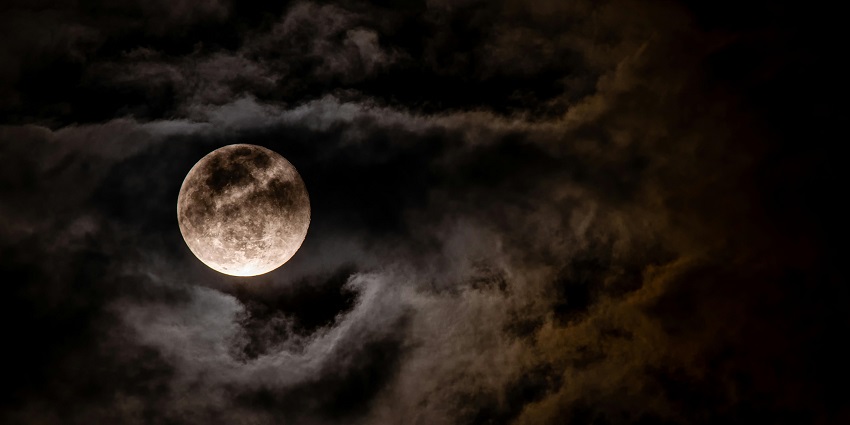
Photo: Brett Sayles / Pexels / Image For Representation Only
The full moon transforms the salt desert. On a normal night, it looks pale and flat, but under a full moon, it glows. The white salt reflects the light, making the ground resemble ice. Some say it feels like another planet; others just sit and watch. If you visit during this time, stay out for a few hours at night. Walk slowly, dress warmly, and take it in. Even with people around, the desert feels quiet. For those who love calm spaces and open skies, this is a rare, unforgettable moment to experience.
How To Reach The Rann Of Kutch

Photo: Rocker Sta / Unsplash / Image For Representation Only
Your first stop will be Bhuj. It is the nearest city and has all the basics—hotels, shops, and transport. From there, you can go to Dhordo, the main gateway to the White Rann. The drive takes around two hours.
By Air: Bhuj has a small airport. Flights are available from cities like Ahmedabad and Mumbai.
By Train: Trains run to Bhuj from several parts of India. Once you reach the station, you can hire a taxi or join a tour.
By Road: If you are driving, the roads are good. The highway from Ahmedabad to Bhuj is smooth and has rest stops on the way.
Once in Dhordo, you will see signs pointing to the Rann Utsav grounds. If you arrive during festival time, the whole area will be active and easy to navigate.
So, what is the best time to visit Rann of Kutch? It depends on what you want to experience. For white desert walks, music, and moonlit views, visit from November to February. For green fields, wetlands, and birdsong, choose the monsoon. Summer suits only those who enjoy heat and solitude. Whenever you visit, the Rann leaves a lasting memory. Plan your journey today with TripXL.
Cover Photo: Andreas Schnabl / Pexels


 WhatsApp
WhatsApp
 Twitter
Twitter
